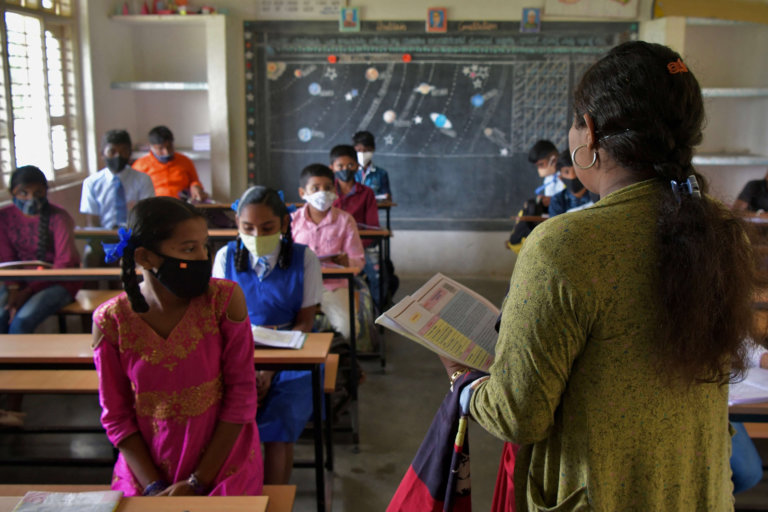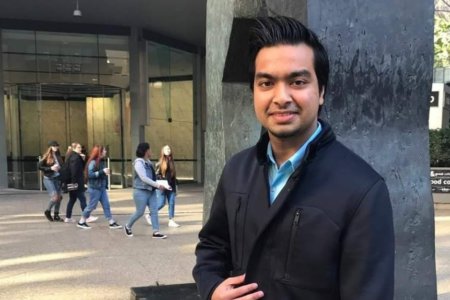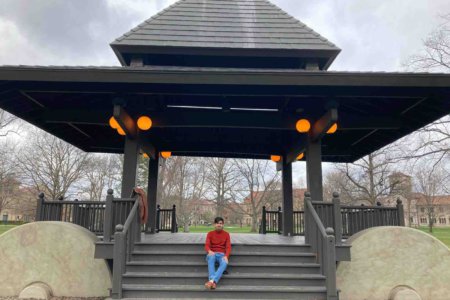
As India continues to struggle with the catastrophic health impacts of COVID-19, a crisis is unfolding in education.
Since March last year, more than 300 million students in India have had their learning disrupted by school closures as a result of the pandemic.
Many organisations in India and globally have turned to digital learning as the solution. While there are advantages for some, concerns about the limits of moving education online in India are mounting.
School closures have thrown the complexities of India’s digital divide into sharp relief.
A study by the Indian non-profit organisation, the Azim Premji Foundation, showed that almost 60 per cent of school children in India cannot access online learning opportunities.
Many families don’t own a smartphone or have a single smartphone that a parent needs to take to work with them.
Aside from the number and quality of devices available, the infrastructure that supports online learning is a key barrier. A study by Oxfam India found that even among urban private school families, half of the parents reported issues with internet signal and speed. A third struggled with the cost of mobile data.
The proportion of students who cannot access online learning is particularly high among children from low-income and low-caste families.
The digital divide is not just a socio-economic issue in India, but also a gendered one. Where multiple children are sharing a single device, the male child is often given priority to use the device and access online learning.
Accessing online learning is also particularly difficult for students with a disability.
In response to these challenges, low-tech strategies that don’t rely on all students being online at the same time, like WhatsApp groups and phone calls, have been the most common distance learning modes.
However, many teachers feel ill-prepared for online learning and have found it ineffective. According to the Azim Premji Foundation, key issues are the inability to maintain an emotional connection with children, and the inability to meaningfully assess learning.
Teachers’ concerns are borne out by studies showing significant learning loss has already occurred.
The widening gap
Distance learning during the pandemic is exacerbating the already stark inequalities in India’s education system.
Many of the low-tech strategies adopted by government and low-fee private schools are remarkably innovative, but they involve far less instructional time than the video lessons of high-fee private schools.
Ordinarily, more instruction time reduces the gap in learning outcomes between students with parents who have the time, resources and education to support their children’s learning – and those who do not.
Inequalities may also be exacerbated by the expanded role in education that the pandemic has created for EdTech companies in India and globally.
Many of these services are currently provided for free, but global experience points to tech philanthropy being temporary, and an entry point for future market operations.
If education becomes ‘digital by default, the costs of education will be further out of reach for low-income families.
Supporting and scaling up
It’s not just a matter of providing more devices to increase online learning. We know from pre-pandemic studies that this consistently fails.
Part of the solution lies in supporting and scaling up the low-tech grassroots solutions that schools and teachers are already implementing themselves.
These include strategies like the delivery of printed learning kits and the use of SMS text messages in addition to WhatsApp and phone calls.
One reason these strategies are effective is that they harness teachers’ existing skills rather than demand that they learn new ones.
But, given the importance of instruction time when it comes to reducing the gap between privileged and underprivileged children, there’s also the need to explore COVID-safe, in-person teaching options.
UNICEF Executive Director Henrietta Fore and UNESCO Director-General Audrey Azoulay recently released a joint statement calling for the re-opening of schools globally.
Some Indian states are beginning a phased re-opening of schools, but several states are unwilling to take the risk until infection rates decline and vaccination rates rise.
Studies of India’s digital divide suggest rural, government and special schools should be prioritised in the phased re-opening of schools.
Other promising interim solutions are teacher home visits, open-air classrooms and ‘mohalla classes’, neighbourhood centres where children are taught in smaller numbers and follow social distancing norms. These approaches are already being implemented in some states.
Initiatives like these are fundamental for ensuring education for all – rich and poor, rural and urban, girls and boys.
This article was first published on Pursuit. Read the original article.










